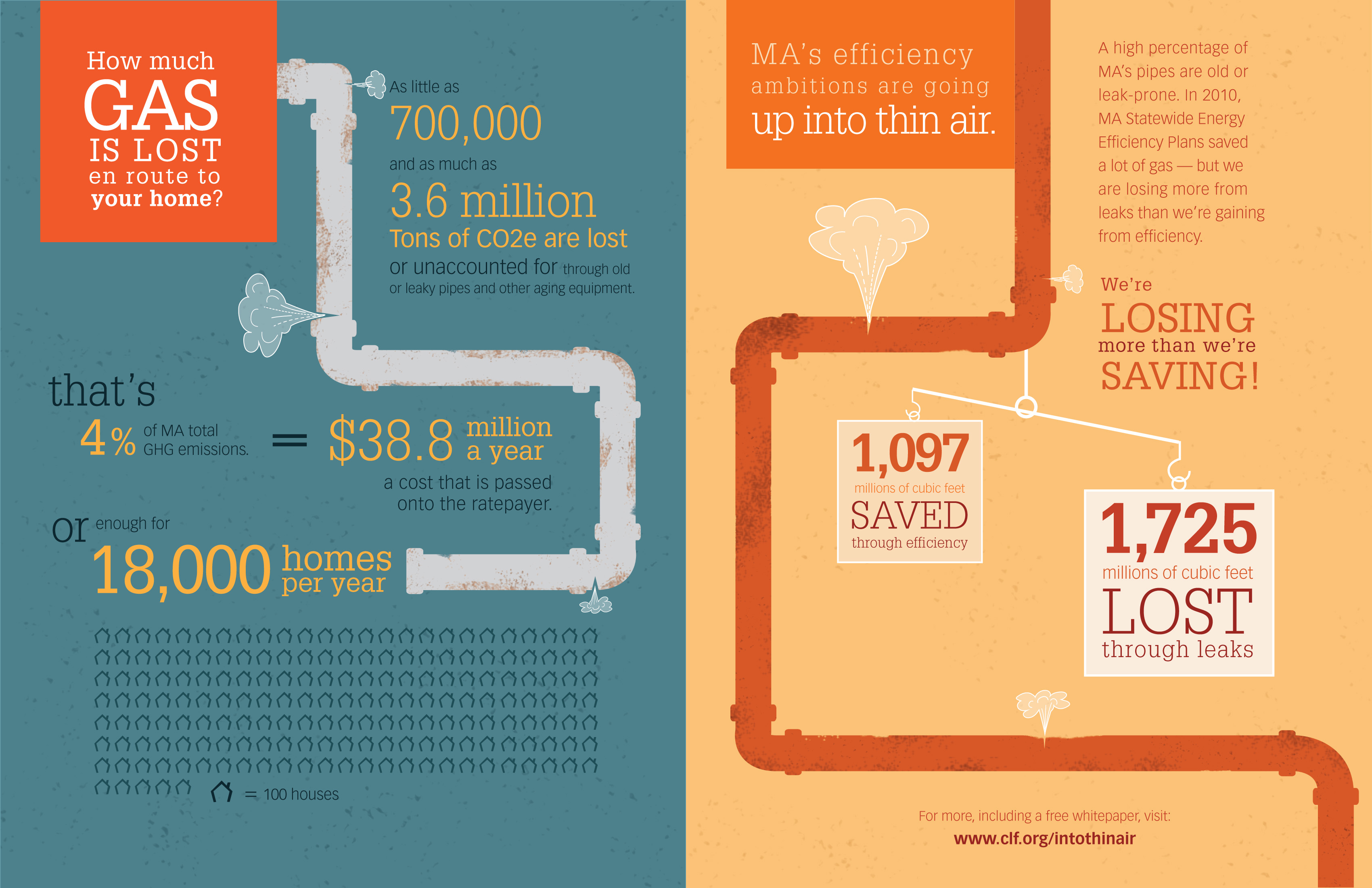Explore How The Complex Connection Between Expenses And Eco-Friendly Effects Can Expose The Full Capacities Of Solar Power In Contrast To Traditional Power Sources
Explore How The Complex Connection Between Expenses And Eco-Friendly Effects Can Expose The Full Capacities Of Solar Power In Contrast To Traditional Power Sources
Blog Article
Team Author-Price Dodson
When assessing the stability of solar energy versus traditional energy resources, you may find yourself contemplating the long-lasting sustainability and impact on your financial resources. The detailed balance in between initial costs, ongoing costs, and environmental effects raises sixty-four-thousand-dollar questions concerning the future of power generation. As you navigate with the intricacies of this contrast, a much deeper understanding of the nuances in cost-effectiveness, environmental stewardship, and energy protection awaits exploration.
Cost-Effectiveness Comparison
When contrasting the cost-effectiveness of solar energy with standard energy resources, it comes to be obvious that preliminary investment differences play a pivotal duty in establishing long-lasting savings.
While Read the Full Article call for a greater in advance financial investment for installation and equipment, they use significant long-lasting benefits that can exceed the initial prices. The key hinge on understanding that solar energy systems have marginal recurring operational and upkeep expenses contrasted to conventional power sources like nonrenewable fuel sources.
By purchasing solar power, you can possibly save money on energy bills over the system's life-span. In addition, with developments in technology and decreasing installation expenses, solar power has actually come to be more accessible and inexpensive for property owners and services alike. These financial savings can build up gradually, supplying a return on investment that exceeds typical power resources.
Moreover, solar power systems offer the advantage of energy freedom and stability against fluctuating utility costs. By utilizing the power of the sun, you contribute to a cleaner environment and lower your carbon footprint. Accepting solar power not only advantages your budget yet also the earth in the future.
Environmental Impact Analysis
Solar energy offers an encouraging alternative to standard power resources due to its significantly lower ecological effect. Unlike nonrenewable fuel sources that send out damaging greenhouse gases and add to air contamination, solar energy produces electrical power without creating any kind of emissions.
The procedure of harnessing solar power involves catching sunlight through photovoltaic panels, which does not release any toxins right into the environment. This lack of discharges helps in reducing the carbon footprint associated with power production, making solar energy a cleaner and more lasting option.
Additionally, making use of solar energy adds to conservation efforts by minimizing the demand for finite sources like coal, oil, and natural gas. By counting on the sun's abundant and renewable resource resource, we can assist preserve all-natural habitats, secure ecological communities, and mitigate the negative effects of resource removal.
Dependability and Energy Landscape Evaluation
For a detailed assessment of reliability and the power landscape, it's essential to assess exactly how solar power contrasts to conventional sources. Solar power is making headway as a reputable and lasting power resource. While traditional sources like coal, oil, and natural gas have actually been historically leading, they're finite and add to environmental deterioration.
Solar power, on the other hand, is bountiful and eco-friendly, making it a much more sustainable choice over time.
In regards to reliability, solar energy can be based on weather and sunlight accessibility. However, please click the following article in technology have resulted in the advancement of energy storage space solutions like batteries, boosting the reliability of solar energy systems. Standard resources, on the other hand, are vulnerable to cost variations, geopolitical stress, and supply chain interruptions, making them less trusted in the long term.
When assessing the energy landscape, solar energy uses decentralized power production, minimizing transmission losses and raising power safety. Traditional sources, with their central nuclear power plant, are much more susceptible to disruptions and need considerable infrastructure for distribution.
Final thought
Finally, when contrasting solar energy to typical power sources, it is clear that solar energy provides a cost-effective, environmentally friendly, and dependable alternative. With marginal operational prices, potential savings on utility costs, and a substantially reduced environmental influence, solar power is ending up being a more sustainable and protected choice. Embracing solar energy can help in reducing greenhouse gas discharges and contribute to preservation efforts, making it an engaging option for the future.
